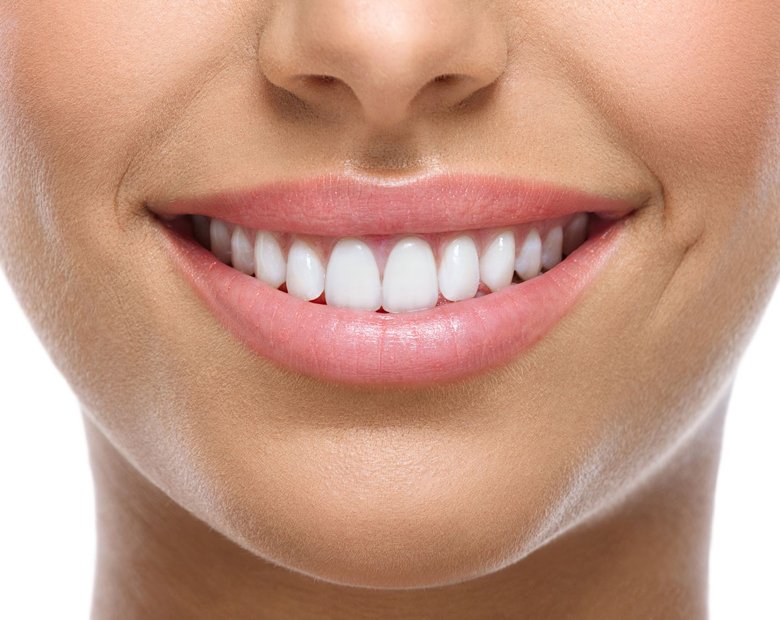Why ceramic implants?
10 reasons to have ceramic implants
Biocompatibility and Osseointegration
Zirconium is a material with very good compatibility, which ensures optimal osseointegration between the alveolar bone and CeraRoot implants.
Allergies and sensitivities
Recently, there has been an increase in the number of people with allergies, sensitivity reactions or other types of immune system disorders, conditions that may represent contraindications for the use of metal implants. Most cases of allergies to titanium metal implants have been noted after long periods of time since their application. This may demonstrate that the patient did not have allergic or sensitivity reactions at the time of implant application, but rather developed after several years of exposure and direct contact with the metal piece. This allergic reaction may be accompanied by redness, itching, discomfort, and inflammatory reactions that can cause peri-implant bone loss. Since removing an implant from the alveolar bone is not a simple procedure, it is necessary that before inserting an implant, an accurate diagnosis be established based on the assessment of local and general factors, identifying any allergic reaction, hypersensitivity, dermatological sensitivity or alteration of the immune system. MELISA (www.melisa.org) is a very useful test for the diagnosis of allergies, especially to metals.
Holistically friendly
CeraRoot implants do not alter the energy meridians. For patients treated according to the principles of holistic medicine, Zirconium implants are the ideal solution because they are completely bio-inert.
Resistance
The long-term therapeutic success of CeraRoot implants is the most important aspect that characterizes this system. CeraRoot implants were designed to withstand the masticatory pressures developed in the oral cavity. CeraRoot implants fulfill the role of substituting dental units in a perfectly biological manner. For this purpose, the diameter and length of the implants are very close to that of natural teeth. Titanium implants have been highlighted by a long-term clinical success in terms of mechanical properties. It has been demonstrated that the use of implants with a reduced diameter in the posterior area where increased masticatory forces are developed can lead to implant fracture. For this reason, all manufacturers of titanium implants recommend the use of implants with a larger diameter in the posterior area. The presence of a deficient bone support recommends bone addition to allow the insertion of an implant with a larger diameter. With Zirconium implants, this concept becomes even more important because the material is characterized by increased resistance. CeraRoot implants were designed with a shape and size similar to natural teeth, with greatly improved mechanical properties.
Unique piece-type design
Traditional titanium implants consist of an intraosseous portion and a coronal portion that are connected by a screw. These multiple structural parts can be colonized by anaerobic bacteria that multiply and generate toxins that can lead to peri-implant inflammation. Generally, these inflammatory reactions are subclinical, with the patient not having any symptoms. The patient may have immune system disorders related to age, general diseases, allergies, smoking and/or stress. The first signs of peri-implantitis are: bleeding, purulent suppurations, halitosis. The consequence of this inflammatory process will be peri-implant bone loss, with the cancellation of long-term therapeutic success. Another problem related to multi-component implants is the probability of threading the fixation screw and its loss. Sometimes the loss of the screw may not be noticed by the patient. This aspect is clinically relevant, as it can cause gingival inflammation or screw fractures. With CeraRoot implants, which have a unitary design, these problems are eliminated, making the appearance of the peri-implant gingival tissue very similar to that of natural teeth.


